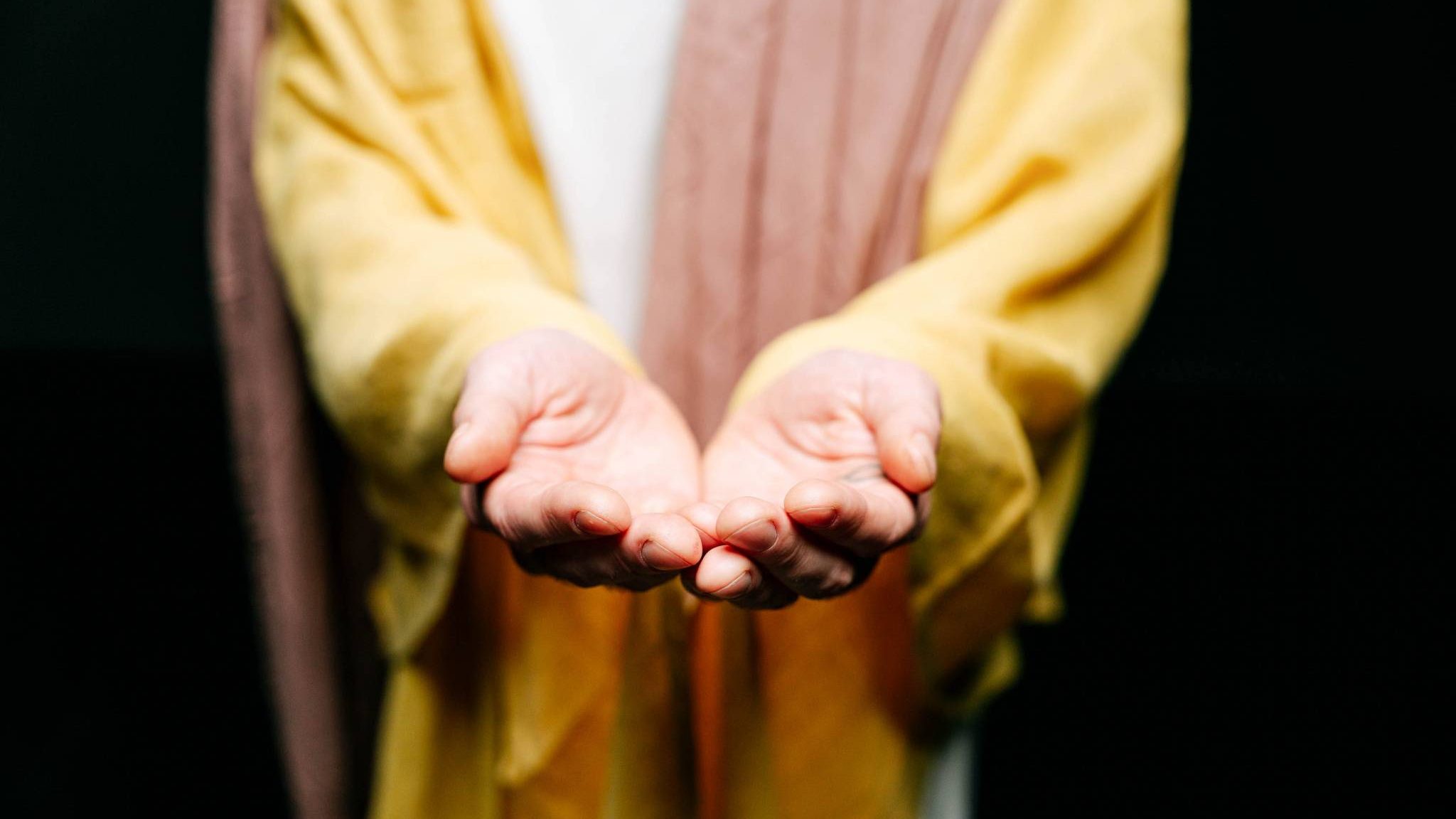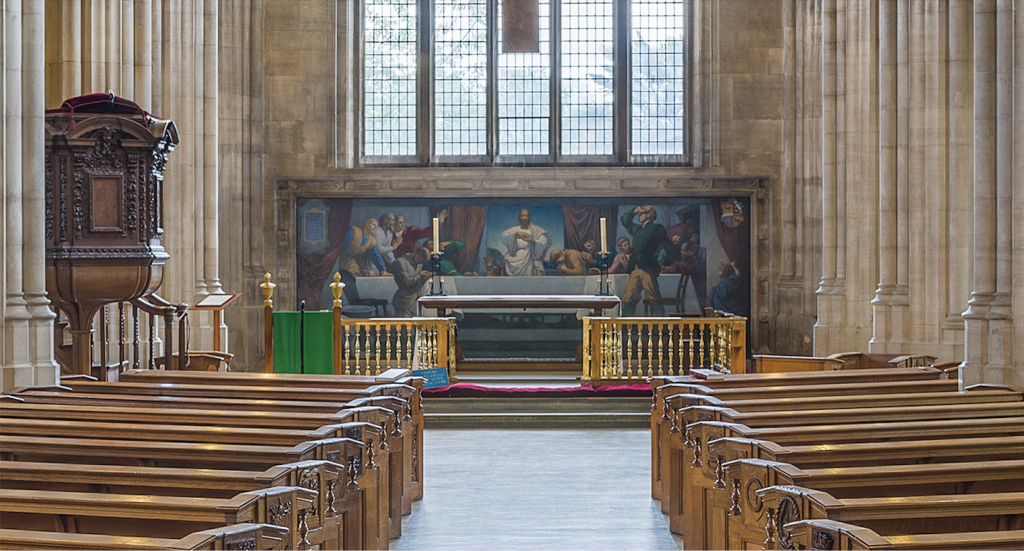London is home to many historic churches—St. Paul’s Cathedral, Westminster Abbey, Spurgeon’s Metropolitan Tabernacle, Wesley’s Chapel (where John Wesley is buried), and All Souls Church (where John Stott pastored). But my favorite is All Hallows by the Tower, an Anglican church within walking distance of the infamous Tower of London.
I first discovered All Hallows in the mid-1980s, when (I think) IPHC missionary Jim Eby took me there. The oldest church in the city of London, dating from AD 675, All Hallows has a rich and sometimes gruesome history. Many of those beheaded in the nearby Tower were brought to the church for temporary burial, including Sir Thomas More and Archbishop William Laud. The Great Fire of London (1666) threatened the building but the efforts of Admiral Penn, the father of the founder of Pennsylvania William Penn, helped to save it. And John Quincy Adams, sixth president of the United States, was married there in 1797. (More of the history can be found at ahbtt.org.uk.)
Though it’s my favorite London church, I’ve never been to a worship service at All Hallows. For fifteen years I taught one or two weeks at the Center for International Christian Ministry in London, and I always took an afternoon to sit in the sanctuary, thankful for the relative quiet, and meditate on the sense of timelessness in Brian Thomas’s altar mural, pictured below.
The mural depicts the Last Supper, and if you attended the 2017 IPHC General Conference, you may remember the opening service, when people from the audience came to a side platform and posed in a live re-creation of the event. While Leonardo da Vinci’s The Last Supper inspired the arrangement, my experience at All Hallows led me to ask the participants in 2017 to dress in contemporary clothing. In the All Hallows mural the people are wearing typical 19th-century English dress.
That sense of timelessness—captured in Hebrews 12:1, “since we are compassed about by so great a cloud of witnesses” (KJV)—has been in the forefront of my mind in recent months. I have needed this reminder and assurance that those who have died in Christ have not died in vain. I need the assurance that, based on Jesus’ resurrection, our own resurrection is real.
But I have also needed the assurance that life between now and the resurrection is real. Our loved ones, our friends, and our colleagues are fully alive in the presence of Christ though absent from the body (2 Corinthians 5:8). My physical and mental trips to All Hallows remind me that we are all held in the grace-filled arms of Jesus.
October 31st is All Hallows Eve, but I receive it as an invitation to reflect on All Saints Day, and to remember that death does not—and will not—have the final word. On this Halloween weekend, when children will say “trick or treat” at their neighbors’ doors, I find myself affirming by faith the testimony of Scripture. Resurrection and eternal life are no cosmic tricks.
Covid-19 has initiated waves of death around the world, and I have often felt that we are “compassed about” by death. It has been a profoundly grieving and discouraging nearly two years. The “trick” is to be deceived that we are the only generation that has experienced such suffering and loss. But as Hebrews reminds us, we are “compassed about” by an innumerable host of our ancestors who have experienced this, and much worse. The “treat” is that in Christ they are alive and present around His life-giving throne.
So once the children in your neighborhood have taken all your candy, and you turn off the front porch lights, take a few moments to pause and remember that at Jesus’ table there are bountiful treats of love, mercy, truth, compassion, patience, and joy. Think of your loved ones and friends who are with Him now, and give thanks for the reality of the triumph of life over death.




